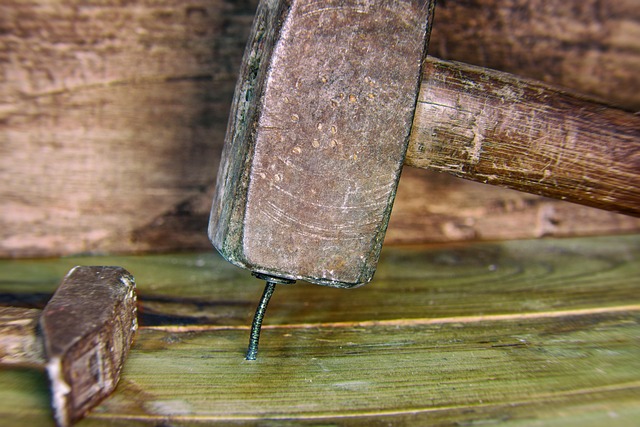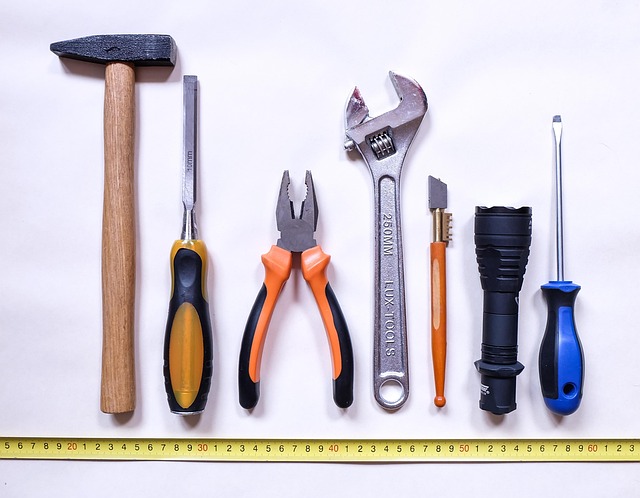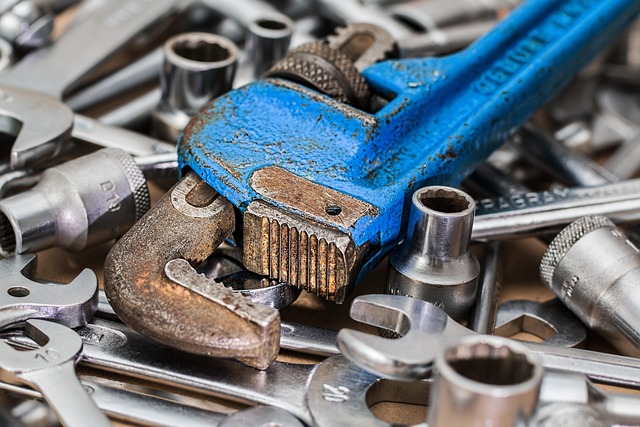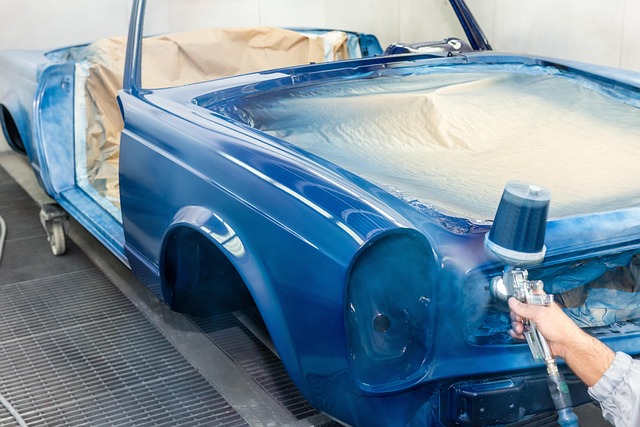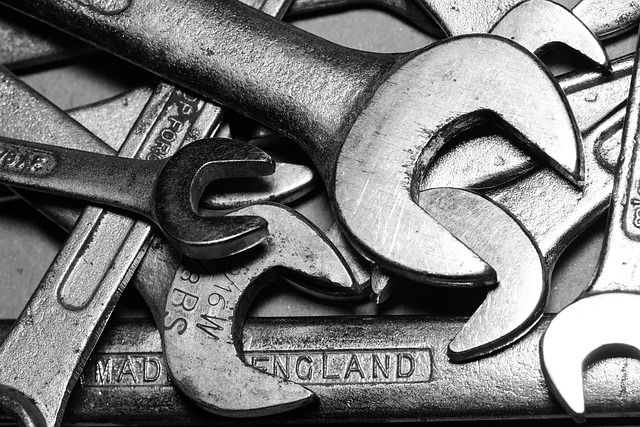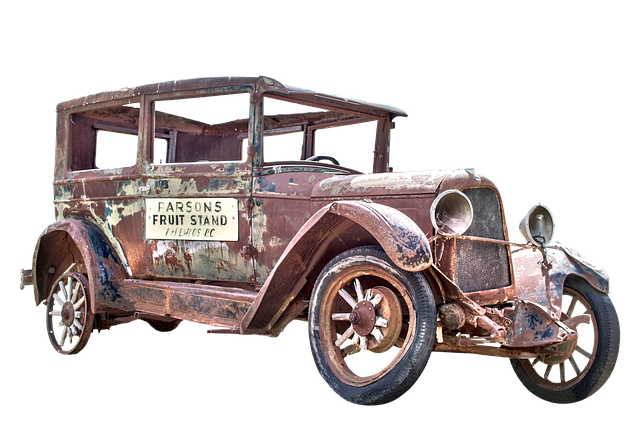Mercedes aluminum trim, renowned for luxury and precision, requires meticulous repair due to susceptibility to damages like dings, dents, scratches, and cracks. The process involves assessing damage, cleaning, removing imperfections using professional techniques, welding according to standards, sanding, priming, and matching original trim for a flawless restoration. Best practices include thorough preparation, corrosion prevention with suitable primers, using high-quality aluminum paints, state-of-the-art equipment, adequate cure time for adhesives, and regular quality checks to maintain the car's aesthetic appeal and structural integrity.
“Mercedes aluminum trim repairs are a delicate process, requiring precision and expertise. This article delves into the best practices for seamless restoration of your vehicle’s interior. We explore the unique materials and common damage scenarios specific to Mercedes aluminum trim. Through a step-by-step guide, you’ll learn efficient repair techniques to ensure accuracy. Additionally, we highlight best practices for longevity and quality assurance, empowering you with the knowledge to maintain or restore your Mercedes’ premium aesthetic.”
- Understanding Mercedes Aluminum Trim: Materials and Common Damage
- Step-by-Step Guide to Efficient and Accurate Repair Techniques
- Best Practices for Longevity and Quality Assurance in Mercedes Aluminum Trim Repairs
Understanding Mercedes Aluminum Trim: Materials and Common Damage
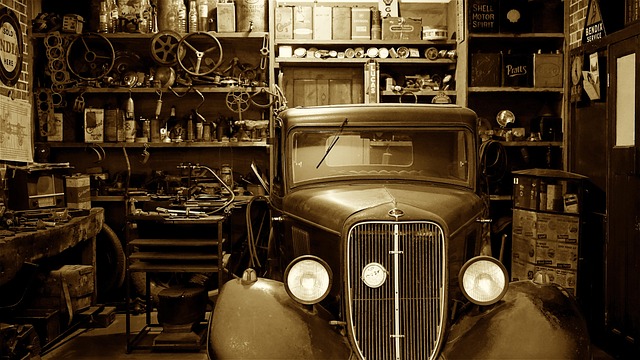
Mercedes aluminum trim is a hallmark of luxury and precision engineering within the automotive industry. Comprising lightweight yet robust materials, it’s integral to the sleek aesthetics and overall performance of Mercedes vehicles. Understanding the unique properties of this trim is crucial for effective repairs. The most common types include high-quality aluminum alloys, known for their corrosion resistance and strength. However, these materials are susceptible to dings, dents, scratches, and even cracks, often caused by minor impacts or during vehicle collisions, which can compromise both the structural integrity and visual appeal of the trim.
Damages can range from superficial cosmetic issues like scratches and nicks to more significant structural problems such as bent panels or broken components. Identifying these damages accurately is the first step in any Mercedes aluminum trim repair. Unlike traditional auto body repair or even auto glass repair, where replacement might be a common solution, aluminum trim repairs often focus on meticulous restoration techniques. This involves specialized tools, skilled technicians, and precise methods to realign, reshape, and refinish damaged areas, ensuring a seamless fusion with the vehicle’s original design.
Step-by-Step Guide to Efficient and Accurate Repair Techniques
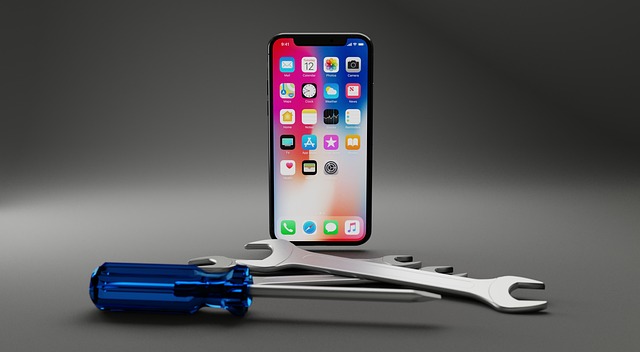
A Mercedes aluminum trim repair requires precision and a systematic approach for optimal results. Here’s a step-by-step guide to ensure efficient and accurate repairs that match the brand’s high standards:
1. Assess the Damage: Begin by thoroughly inspecting the damaged area. Identify any dents, scratches, or deformities in the aluminum trim. Using appropriate tools, measure the extent of the damage for precise estimation of repair needs.
2. Prepare the Area: Clean the affected section meticulously to remove any dirt, grease, or debris. This step is crucial as it ensures a clean and secure bond during the restoration process. If there are loose parts, carefully remove them to access all damaged surfaces.
3. Dent Removal: For dents and indentations, employ professional dent removal techniques. Tools like air bags or specialized hammering can help re-form the aluminum without causing further damage. This step demands skill and experience to avoid marring the trim’s finish.
4. Cutting and Shaping: Using high-quality cutting tools, carefully remove any damaged or fractured sections of the trim. Ensure accurate measurements and precise cuts for seamless integration of new materials.
5. Welding and Fitting: Weld the repaired areas using appropriate aluminum welding techniques. This may involve spot welding, TIG (Tungsten Inert Gas) welding, or other methods recommended by Mercedes standards. Allow adequate cooling time before proceeding to ensure structural integrity.
6. Finishing Touches: Once the welds are set, sand any rough edges and apply a thin coat of primer to match the original trim’s finish. Ensure even coverage for a seamless blend with surrounding surfaces.
Best Practices for Longevity and Quality Assurance in Mercedes Aluminum Trim Repairs
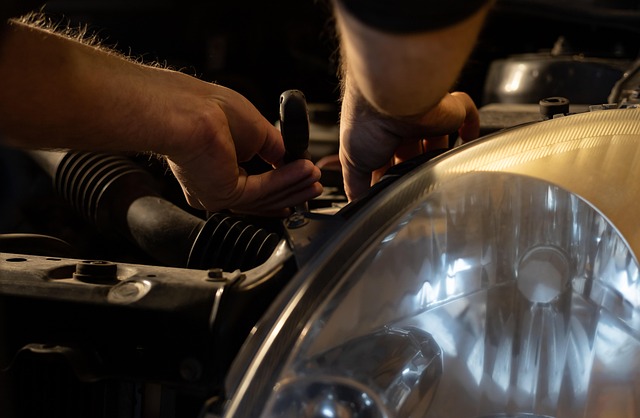
To ensure longevity and maintain the high-quality standards synonymous with Mercedes vehicles, adhering to best practices during aluminum trim repairs is paramount. The intricate design and precision engineering of Mercedes parts demand meticulous care throughout the repair process. First, proper preparation of the damaged area is crucial, involving careful removal of any loose debris and application of suitable primers or undercoats to prevent corrosion. Using high-quality paints specifically formulated for aluminum ensures a durable finish that matches the vehicle’s original appearance.
Expert technicians should employ state-of-the-art equipment and techniques, such as precision cutting tools and advanced welding methods, to ensure accurate and clean repairs. Additionally, allowing sufficient cure time for adhesives and coatings is essential, as it guarantees long-lasting bonds and protective layers. Regular quality assurance checks at each repair stage, including visual inspections and surface tests, help identify and rectify any issues early on. Incorporating these best practices into the Mercedes aluminum trim repair process not only preserves the vehicle’s aesthetic appeal but also ensures its structural integrity for years to come, enhancing the overall car body restoration experience.
Mercedes aluminum trim repair is a specialized process that, when executed properly, can restore vehicles to their original sleekness. By understanding the unique materials and common damage, following step-by-step repair techniques, and adopting best practices for longevity, professionals can ensure high-quality results that stand the test of time. These practices not only protect the integrity of Mercedes’ renowned craftsmanship but also guarantee customer satisfaction in every repair.





